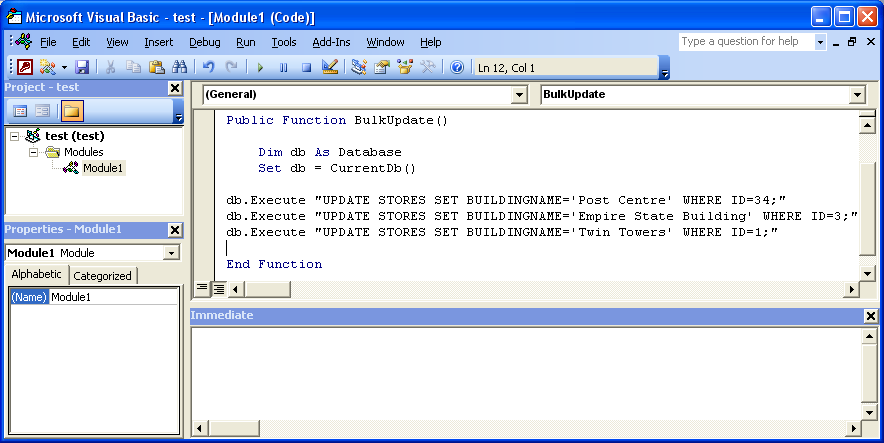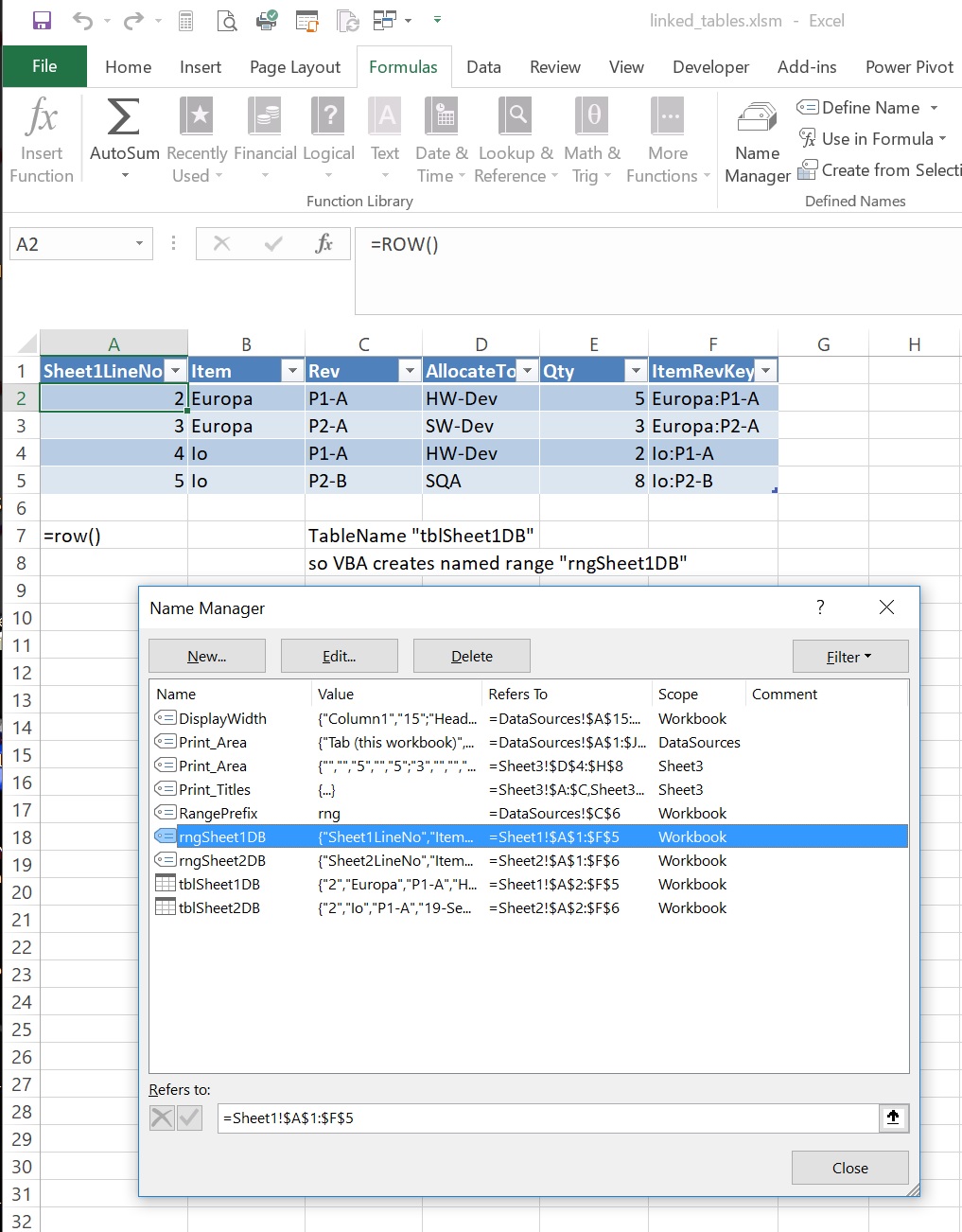
For all the above benefits that named ranges deliver, they are very simple and quick to create. You can click on a named range in the Name Box and arrive at the named range. Named ranges make navigation and directing very easy. Hyperlinks can quickly be created from existing named ranges. A named range can be used for data validation (creating drop-down menus) without much hassle. A dynamic named range can automatically account for expanding and contracting data (when values are added or deleted from a dataset) without having to change the formula or recalculate. Named ranges make formulas movable and they can be used from sheet to sheet and workbook to workbook. They are of great help to use in formulas as the named range appears upon typing the first letter of the name. Using a named range will save typos that may otherwise occur while typing values or formulas since entering named ranges is a clickable option. You don't have to keep glancing at certain cells or tables to pick up values or cell references and can use a named range instead. The prime advantage of named ranges is the ease they provide. It would be simpler to use a named range directly in a formula or select said range.īenefits of Creating Named Ranges in Excel 
In Excel, a cell or a range of cells can be named to make their usage easier.

See all Names Directly on the Worksheet.How to Create an Excel Name for a Constant.Method 2 – Creating Named Ranges from the 'Define Name' Option.Method 1 – Creating Named Ranges from the Name Box.Benefits of Creating Named Ranges in Excel.






 0 kommentar(er)
0 kommentar(er)
